Laser & Inkjet Printing’s Roles in Evolving Office Environments
Laser & Inkjet Printing’s Roles in Evolving Office Environments
The modern office environment is being shaped by hybrid work models, digital workflows, and sustainability considerations. As organizations seek to streamline their operations, print technology remains a vital element in ensuring productivity, security, and efficiency.
A recent Ricoh whitepaper, developed with DataMaster Labs, presents a comprehensive comparison of laser and inkjet printing technologies, offering evidence-backed insights into how each technology aligns with these evolving needs.
Laser Printing: Efficiency and Durability
Laser printing continues to stand out in high-demand office settings. In independent testing, laser printers maintained 97% of their rated speed, even with complex print jobs. This speed consistency, coupled with quick-dry prints and durability in tough conditions, makes laser technology ideal for environments with fast-paced, high-volume printing demands. Toner-based prints also resist environmental factors such as light and moisture, making them suitable for archival purposes. Furthermore, laser printers offer superior energy efficiency, with low standby power consumption, contributing significantly to sustainability goals.
Laser printers also excel in security and workflow integration. They seamlessly integrate with enterprise security frameworks, ensuring minimal risks and bottlenecks when handling sensitive information. This makes them ideal for hybrid work environments where seamless data transfer between physical and digital workflows is crucial. Additionally, toner-based prints are easier to recycle, reducing their environmental impact.
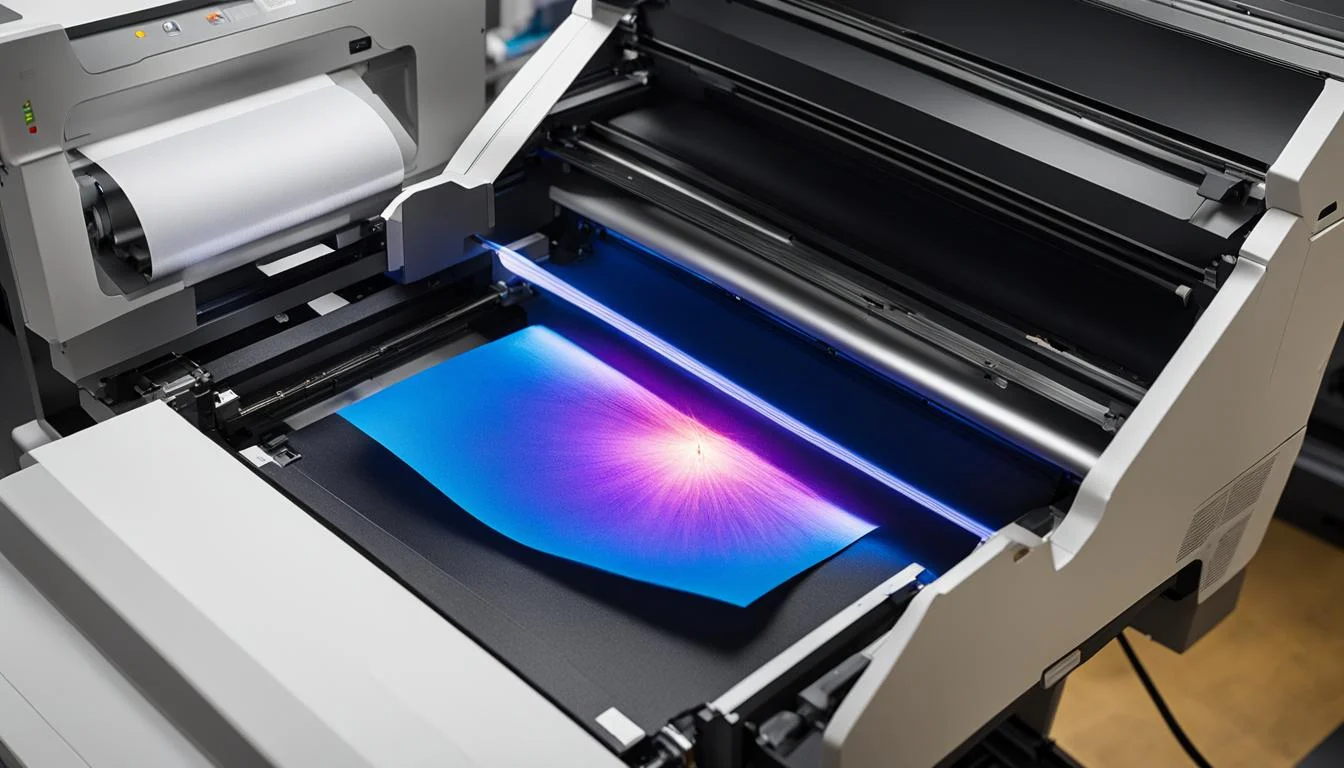
Inkjet Printing: Color and Affordability
Inkjet printing shines in areas requiring vibrant color reproduction and lower initial investment costs. While inkjet models are more affordable upfront and capable of producing stunning color prints, they fall short in high-demand office settings. Inkjet printers tend to experience slower speeds and longer drying times, particularly when handling complex documents, which can disrupt productivity. Their higher standby power consumption also makes them less energy-efficient than laser counterparts.
While inkjet printers are suitable for small-scale or specialized tasks where color vibrancy is essential, their performance limitations make them less suitable for businesses that need fast, consistent, and energy-efficient solutions.
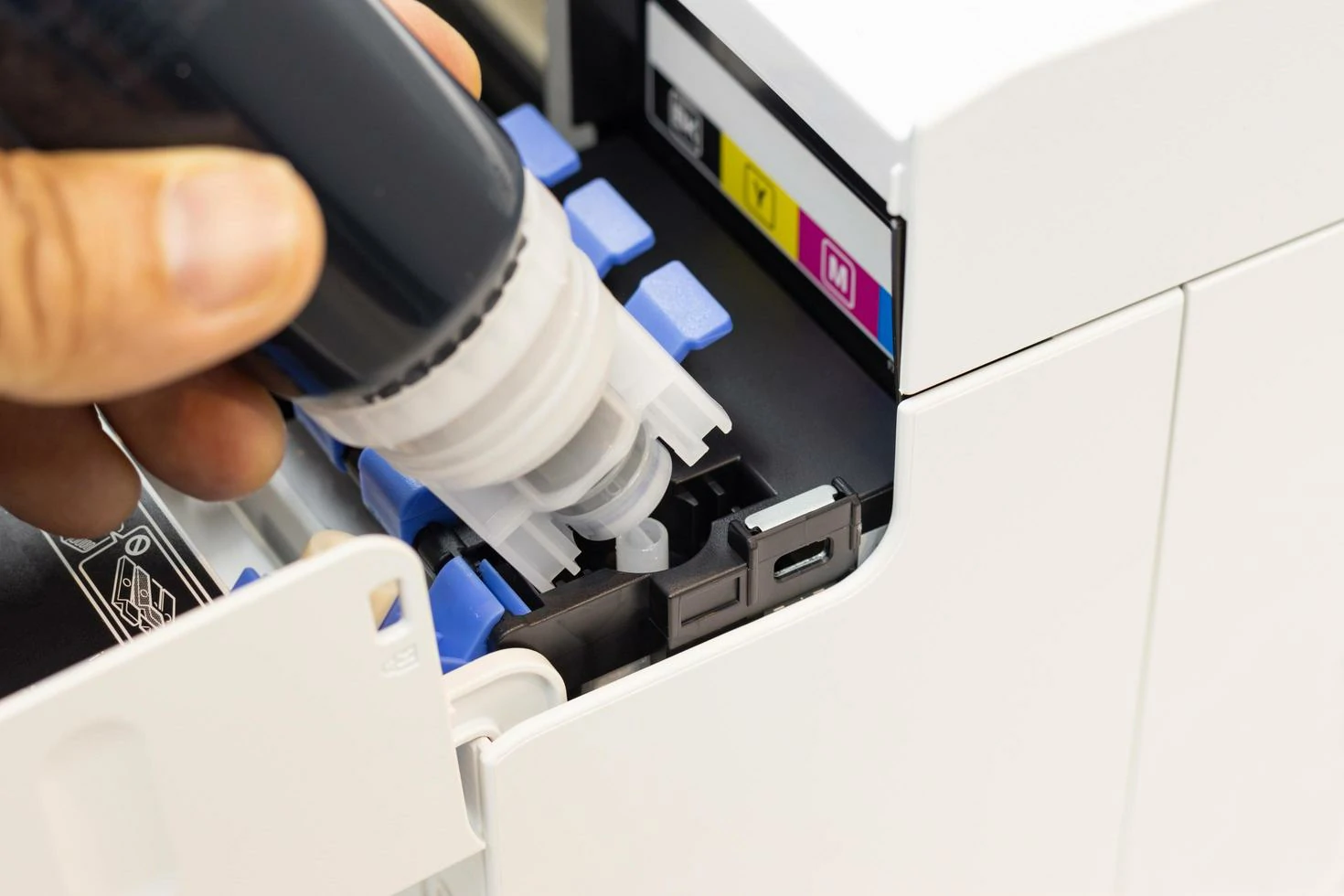
Which Technology Best Meets the Demands of Modern Workplaces?
As businesses continue to adapt to hybrid work models and digital integration, laser printing emerges as the more appropriate solution. Its speed, consistency, and energy efficiency align closely with the operational requirements of today’s offices. Laser printers provide seamless, high-speed performance, making them well-suited to hybrid workflows and high-volume environments. Additionally, their eco-friendly features, such as energy-saving modes and reduced material waste, contribute to companies’ sustainability goals.
While inkjet printers remain a strong choice for certain use cases, such as color-critical printing and lower upfront investment, their slower speeds, longer drying times, and higher power consumption in idle mode make them less ideal for businesses seeking to optimize efficiency and reduce environmental impact.
Ricoh’s whitepaper highlights the growing role of print technology in workplace transformation. As businesses adapt to hybrid work models and digital integration, laser printing, with its speed, energy efficiency, and security features, is poised to support the demands of modern offices. While inkjet offers niche benefits, the comprehensive advantages of laser printers make them the ideal solution for organizations looking to improve operational efficiency, reduce environmental impact, and enhance security.
Related:
- ESG Compliance Remains a Key Challenge in Asia/Pacific
- What Lies Underneath Canada’s Untapped Cartridge Kingdom
- Quocirca Highlights Ten Key Trends Transforming Print in 2025
- Sustainability Gains Momentum in Print Sector
- Printer Manufacturers Share Predictions of Opportunities in 2025
Comment:
Please leave your comment below about the news: Laser & Inkjet Printing’s Roles in Evolving Office Environments.
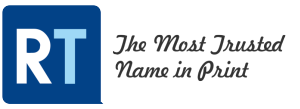
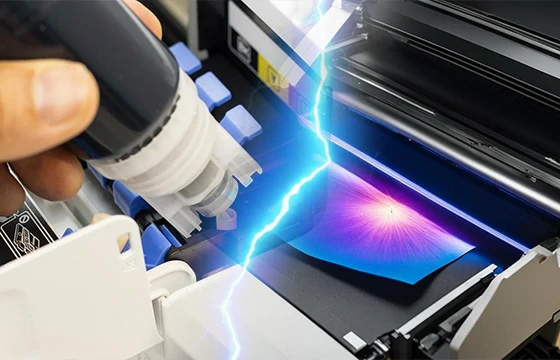



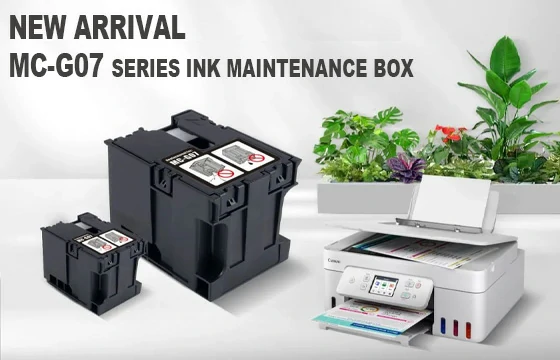
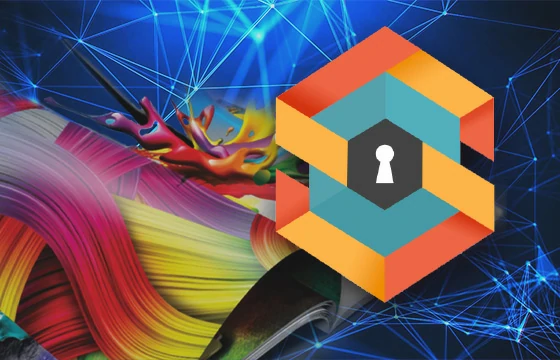
Leave a Comment
Want to join the discussion?Feel free to contribute!